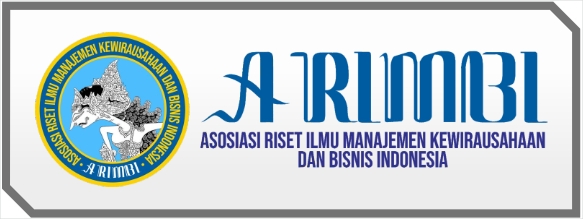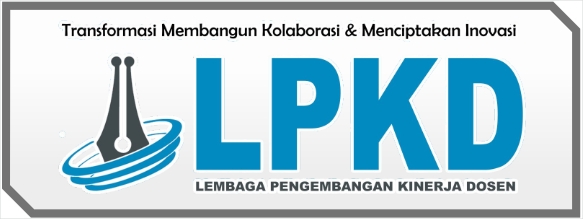Corporate Social Responsibility (CSR) and its Impact on Brand Loyalty in the Modern Business Landscape
DOI:
https://doi.org/10.55606/iceb.v3i2.474Keywords:
Corporate Social Responsibility, brand loyalty, consumer trust, CSR strategies, case studiesAbstract
Corporate Social Responsibility (CSR) has become an essential strategy for enhancing brand loyalty. This paper analyzes how CSR initiatives influence consumer trust and loyalty across various industries. Case studies from global brands provide practical insights into successful CSR implementation.
References
Brown, T. J., & Dacin, P. A. (1997). The company and the product: Corporate associations and consumer product responses. Journal of Marketing, 61(1), 68-84. https://doi.org/10.2307/1252190
Carroll, A. B. (1999). Corporate social responsibility: Evolution of a definitional construct. Business & Society, 38(3), 268-295. https://doi.org/10.1177/000765039903800303
Du, S., Bhattacharya, C. B., & Sen, S. (2010). Maximizing business returns to corporate social responsibility. International Journal of Management Reviews, 12(1), 8-19. https://doi.org/10.1111/j.1468-2370.2009.00276.x
Freeman, R. E., & Reed, D. L. (1983). Stockholders and stakeholders: A new perspective on corporate governance. California Management Review, 25(3), 88-106. https://doi.org/10.2307/41165018
Grayson, D., & Hodges, A. (2017). Corporate social opportunity. Greenleaf Publishing.
Jones, T. M. (1995). Instrumental stakeholder theory: A synthesis of ethics and economics. The Academy of Management Review, 20(2), 404-437. https://doi.org/10.5465/amr.1995.9507312924
Kotler, P., & Lee, N. (2005). Corporate social responsibility: Doing the most good for your company and your cause. John Wiley & Sons.
McWilliams, A., & Siegel, D. (2001). Corporate social responsibility: A theory of the firm perspective. The Academy of Management Review, 26(1), 117-127. https://doi.org/10.5465/amr.2001.4011987
Patagonia. (2019). Environmental and social responsibility initiatives. Patagonia Official Website. Retrieved from https://www.patagonia.com
Porter, M. E., & Kramer, M. R. (2011). Creating shared value. Harvard Business Review, 89(1/2), 62-77. Retrieved from https://hbr.org/2011/01/the-big-idea-creating-shared-value
Sen, S., & Bhattacharya, C. B. (2001). Does doing good always lead to doing better? Journal of Marketing Research, 38(2), 225-243. https://doi.org/10.1509/jmkr.38.2.225.18838
Smith, N. (2021). CSR strategies for global brands. Journal of Business Ethics, 164(2), 389-405. https://doi.org/10.1007/s10551-020-04509-1
Starbucks. (2021). Global social impact report. Starbucks Official Website. Retrieved from https://www.starbucks.com
Unilever. (2020). Sustainable living plan progress report. Unilever Official Website. Retrieved from https://www.unilever.com
Vogel, D. J. (2005). The market for virtue: The potential and limits of corporate social responsibility. Brookings Institution Press.
Downloads
Published
How to Cite
Issue
Section
License
Copyright (c) 2024 Proceeding of The International Conference on Economics and Business

This work is licensed under a Creative Commons Attribution-ShareAlike 4.0 International License.
















